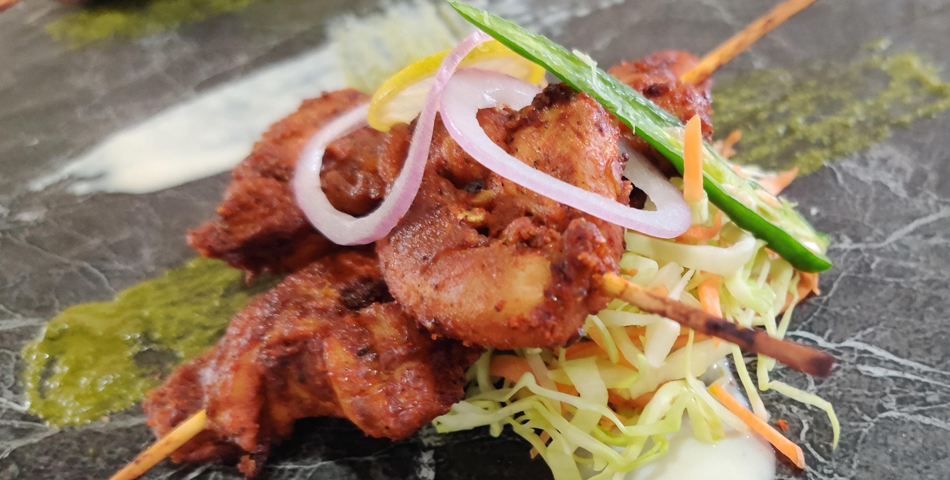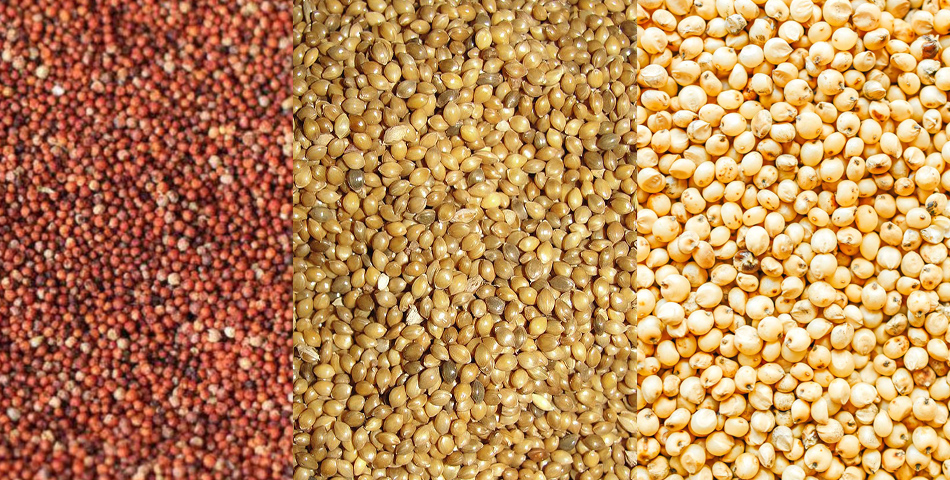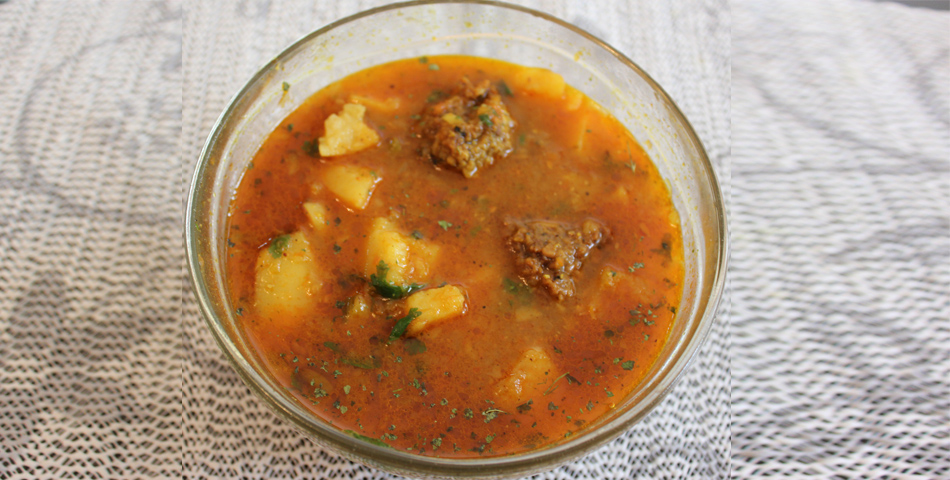
Cravings can strike without notice or warning. You could be sitting around, minding your business when… BAM! Someone mentions doughnuts, ice cream, pasta or chips and suddenly you can't focus on anything else. You've convinced yourself, you need these foods.
Cravings generally mean something in your body is mixed up - your belly speaks German but your mind speaks English. Negative feelings, dehydration, fatigue and nourishment can all lead to cravings. To gain control, it's important to maintain a healthy lifestyle and a proper diet.
A large number of people are affected by food cravings, these cravings can throw any diet into chaos. Succumbing to them, eating whatever you desire, isn't healthy or helpful. To avoid these situations, or to at least be better prepared, you need to understand why you want these foods and what to do about it.
Cravings: From Your Head Or Belly?
The two main causes for food cravings are:
Psychological - Cravings caused by your wants and desires, often referred to as “emotional eating.”
Physiological - When your body actually needs nourishment.
Thirst is a good example of a physiological craving. You need water to survive and your body is telling you so! Waiting until you feel thirsty is dangerous because it can lead to dehydration. Make sure you drink plenty of water, before you feel thirsty, especially when exercise or heat are involved.
Now that you know which type of craving you're having, it's time to do something about it.
Food cravings aren't all in your mind. You crave foods because your body “remembers“ the physiological effect the food had when you consumed it in the past. In fact, research has shown that the foods we perceive as enjoyable or rewarding actually activate the same “reward pathways” in the brain that are triggered by certain drugs of abuse, like cocaine. When you experience a “food flash,” you are really experiencing a milder form of the drug cravings that afflict recovering addicts.
That's why the smell of food is often all it takes to get you feeling all “cravey” and distracted. Haven't you on occasion walked past a bakery or entered a friend's kitchen and suddenly the aroma of delicious foods hits you, leaving you tempted? Face it, the smell of food can make you feel hungry as much as the sight of food can. That's a biological fact we're stuck with. The solution is to remind yourself, “That's the aroma of fat cells I don't need.”
You've probably noticed that you feel your strongest food yens at specific times of the day - or month. Here are the whens and the whys of cravings:
• During the mid afternoon slump (from about 3-6 p.m.) By far the greatest number of cravings occur late in the day. That's when our blood glucose drops, making us sluggish and in need of a lift.
• When we're stressed out, upset or bored .Bad moods frequently give rise to cravings: We imagine that if we eat a cookie or a chocolate bar, we'll feel better -- and often we do. Carbohydrates sweet or starchy foods -- increase the secretion of the brain chemical serotonin, which in turn can improve mood.
• Before your monthly period, Research shows that many of our cravings for chocolate and carbohydrate-rich foods are particularly intense in the days leading up to menstruation. Women may overeat carbs in an attempt to raise serotonin levels to counter the bad moods and mild depression related to PMS.
Also, we actually need more calories premenstrually, so it would make sense we might experience more cravings if we're short on energy.
• When it's cold and dark out short, wintry days can make us crave carbs like bread and pasta. People who suffer from Seasonal Affective Disorder (aka SAD, which is depression related to diminished sunlight-exposure) may be especially affected and crave carb-rich foods to help themselves feel better.
• When we're accustomed to eating ,we often crave foods with associations to happy times we've had in the past. When we're at the movie hall, for example, we might crave a popcorn and a coke ; if a summer-night trip to the ice-cream parlor was a family tradition, we may find ourselves craving an ice-cream cone when the weather gets warm.
Craving for Sweets and Chocolate
Your mood can make you want sweet foods. They have the unique ability to make you feel better by releasing a short burst of serotonin; one of the many chemicals in your brain, this one regulates mood, behavior, appetite, body temperature and sleep. In short, food can make you feel happy, this is why eating ice cream actually “feels good.” When you're feeling down or exhausted your body wants a pick-me- up, the result is a craving.
Chocolate is in a craving category of its own. Aside from its great taste, chocolate is connected to positive emotions/love and is an escape from our day-to- day pressures, which makes it a classic comfort food. Additionally, women may desire chocolate because it contains magnesium and iron.
Blood sugar levels have been known to throw appetites into disarray. When your blood sugar level is low you crave sweets, which quickly raise these levels, but only for a short period of time. This can leave you in the same situation as you started – wanting more sweets. To break this cycle try fruits, juices or honey instead of sweets and candy.
Why we crave for chocolate, sugar, cheese, and meat
All four of these foods are addictive for the same reason. They have an opiate effect on the brain, which means they may have a calming effect that our bodies like. These opiates are produced in the brain as sugar or chocolate touch your tongue. Meat works similarly. For cheese, the opiates are actually in the dairy protein, casein. These opiates take a little longer to work their magic as they are released during the digestion.
Cravings for Salt
A hankering for salt, or salty snacks, could be your body's way of telling you it needs more water. Salt regulates water retention in the body through the kidneys and adrenal glands. Next time you feel this craving, pick up a glass of water, not the bag of chips. The following tips can help you reduce your salt cravings:
• Eat a banana – Drink More Water
• Potassium is an electrolyte
• Drink Coconut Water
• Why we crave salty foods:
Salty foods are not really addictive but people become habituated to the taste of a certain amount of salt on the taste buds, and they tend to object when given less salt.
Cravings for Carbs
Cravings for carbs and sweets are similar, both raise serotonin and blood sugar levels, but wanting crabs could be a signal of insulin resistance. Insulin resistance (IR) is a condition in which the cells of the body become resistant to the effects of insulin. People who have been eating a low-fat, high-carbohydrate diet for many years, may be at least partially insulin resistant. When this happens, your cells can't absorb the glucose they need, so your brain signals for carbs.
• Fight Carb Cravings
• Eat more protein at foods rich in fiber such as fresh vegetables and fruits
• Don't eat nutrient-stripped foods (white flour, white rice, refined sugar).
When cravings intensify
Cravings can strengthen in the winter. The shorter, darker days cause the body to crave sugar and starches, both of which tend to cause the brain to produce serotonin -- the mood-boosting eurotransmitter. Cravings can also get stronger for women during the week before their menstrual periods, due to the effect of shifting estrogen levels.
Want to conquer your craving? Control Your Cravings
Aside from the tips mentioned above, try these to gain control of your eating habits and diet!
Start with a healthy breakfast. It reduces cravings later in the day.
Use foods to hold blood sugar steady. This means emphasizing low-glycemic- index foods, such as beans, vegetables, fruit, to keep blood sugar from going on a roller coaster (which can be caused by white bread and sugar, for example) that can trigger changes.
• Eat Every 3 Hours – small meals please, like an apple or a yogurt
• Wait 15 Minutes – most mental cravings will go away with a little time; have a glass of water instead.
• Exercise – exercise releases endorphins, which make you feel better
• Never Skip A Meal
Dieters: Use the Rule of Ten. If you are dieting, be sure not to starve yourself, because extreme hunger triggers cravings. Eat AT LEAST 10 calories per pound of your ideal weight per day.
• Get Plenty of Sleep
• Give In - When satisfying your cravings, remember to keep portions in check. One cupcake won't ruin your diet, a dozen will.
What to eat instead when cravings strike...
Chocolate What to eat instead Let's face it, there's no substitute for chocolate. Eat a little bit of it, and savor every bite.
Ice cream What to eat instead-- Try 1/2 cup of light vanilla ice cream (100 calories) topped with fresh fruits rather than full-fat vanilla ice cream with sauce (270 calories per A cup).
Potato chips What to eat instead-- Salted popcorn: 4 cups (a whole bowl!) of light microwave popcorn has just 120 calories. If you really need to have some potato chips, eat the baked kind with 110 calories per 1 small serving vs. deep-fried with 158 calories.
Cookies What to eat instead-- Lower-fat cookies or granola/fruit bars, Try: Whole-wheat cookies (80 calories).
French fries What to eat instead -- -Homemade baked cheese fries: Spray potato wedges with olive-oil- - and sprinkle with salt; roast at 4000 F for 40 minutes; sprinkle with some reduced-fat grated Cheddar cheese and bake for 5 more minutes.
Craving-proof your home and office. The simplest way to quash a craving is to ban crave-worthy foods from your environment. If you do buy snack foods like chips or cookies, choose small packages or individually wrapped portions to avoid going overboard. Meanwhile, here are three ways to make healthy, lowfat snacks easily available for regular indulgence:
1. Cut up and bag carrots, radishes, cucumber, broccoli and celery sticks in advance and pack them with some lowfat cheese.
2. Drink water with Lemon or try infused water with fresh fruits.
3. Keep fresh fruit washed and ready to eat or slice into a container of low fat yogurt.
4. If your food cravings hit when you're anxious or stressed, seek consolation in other ways. Address your stress. What is it that you really need? A comforting conversation with a coworker, a walk, or a shoulder massage from a friend may do the job. If reassuring “comfort foods” are your downfall, find some that are healthy, but still satisfying – a vegetable sandwich with no mayonnaise, fruit yogurt or may be fresh juice.
5. Give in sometimes. If your craving is especially persistent, denying yourself that cookie or bag of chips will only make the urge more intense. Allow yourself a moderate portion of the food you crave, deciding on the amount you want to have before you dig in.
By Geetu Amarnani
Nutrition & Lifestyle Management Consultant




Be the first one to post a comment